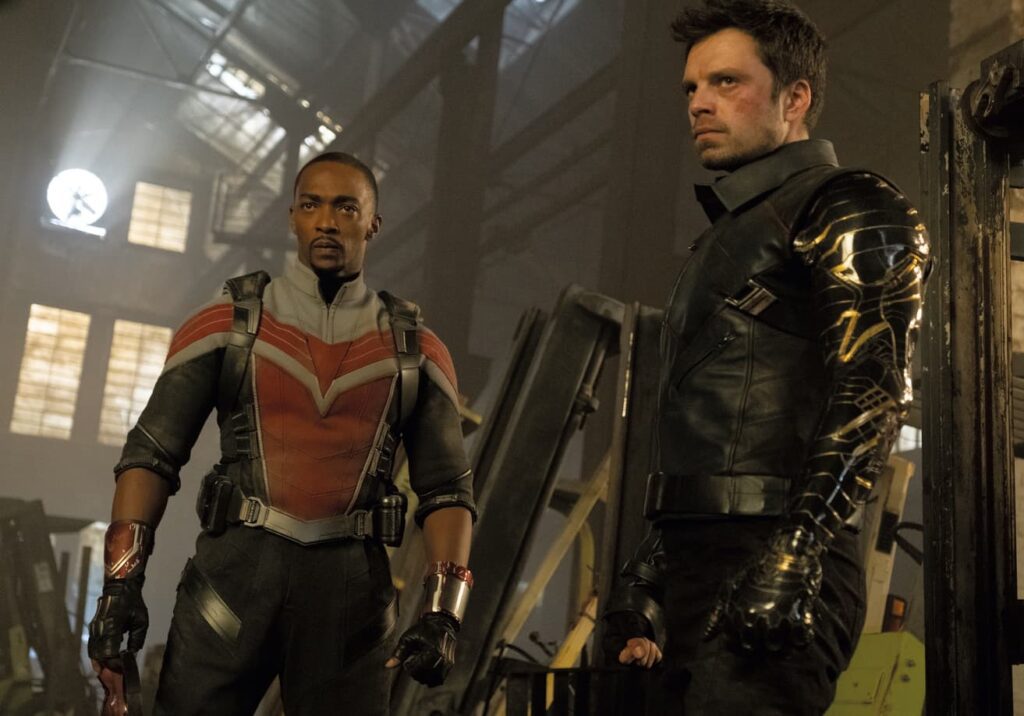Game developers have to take a comprehensive plan and design for the game’s characters before animating them. During pre-production, the character’s physical appearance, behavior and movements are fleshed out into a detailed 3D model. Once the 3D model is complete, motion capture is used to record a live actor performing the character’s movements and actions. Animators bring the character to life further by manually animating the character’s movements through keyframe animation. Finally, the character’s facial expressions are created through a combination of motion capture and keyframe animation. The character is integrated into the game engine and thoroughly tested to ensure realistic movements, behaviors and interactions.
Exploring the Secrets Behind Animating Complex Characters in Games: Behind the Scenes with Game Developers
Introduction
Gaming has come a long way in recent years, with advancements in technology and graphics leading to more complex and detailed game characters. But have you ever wondered how these characters come to life on your screen? In this article, we’ll take a behind-the-scenes look at the process of animating these complex characters in games, and the secrets that game developers use to bring them to life.
Pre-Production
Before any actual animation work can begin, the game development team must first create a comprehensive plan for the game’s characters. This pre-production stage involves designing the characters’ physical appearance, behaviors, and movements. The team may bring in a concept artist to create sketches and renderings of the character, detailing their features, outfits, weapons or accessories. This initial design is then fleshed out into a detailed 3D model, with textures added to give the character’s skin, clothing, and accessories a realistic look.
Motion Capture
Once the 3D model is complete, it’s time to bring it to life with motion capture. Motion capture involves recording a live actor performing the movements and actions that the character will perform in the game. The actor wears a specialized suit with reflective markers that are tracked by cameras, allowing the computer to record their movements in real-time. This data is then transferred to the character model, and a preliminary animation is created.
Keyframe Animation
While motion capture provides a realistic base for a character’s movements, it’s not always perfect. Sometimes there are gaps in the data, or the movement isn’t quite right for the game’s needs. This is where keyframe animation comes into play. Keyframe animation involves manually animating a character’s movements by setting key points in their animation timeline. Animators create each frame of animation, carefully adjusting the character’s poses and movement to match the desired action. This process can be iterative, with multiple revisions and tweaks made until the animation looks just right.
Facial Animation
One of the most challenging aspects of animating complex characters is creating realistic facial expressions. Facial animation involves capturing the subtle movements of a character’s face, such as eyebrow raises, wrinkles, and mouth movements. This is typically accomplished either through motion capture or keyframe animation, though some games use a combination of the two. Specialized software is used to create realistic facial rigs, which allow animators to manipulate the character’s face in different ways, creating a wide range of expressions.
Integration and Testing
Once all of the character’s animations have been created, they must be integrated into the game’s engine. This involves coding the character’s movements, behaviors, and interactions with other game elements, such as objects or other characters. The game must then be thoroughly tested to ensure that the character’s movements look and feel realistic in a variety of situations. This can involve testing the character’s reaction to different environments, or their interactions with other game elements.
Conclusion
As you can see, creating complex game characters involves a lot of hard work and attention to detail. The process involves a variety of techniques, from motion capture to keyframe animation, and requires a talented team of artists and animators. But the end result is worth it – immersive, highly-detailed characters that bring games to life for players around the world.
